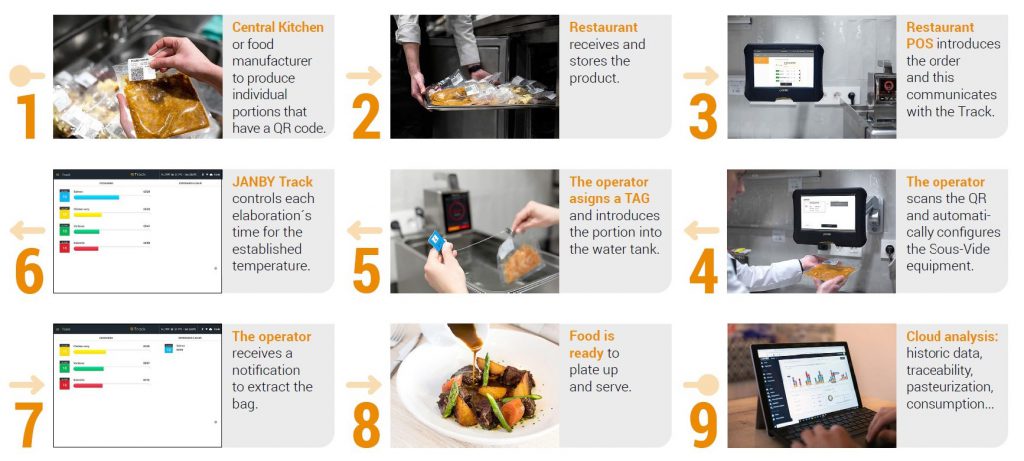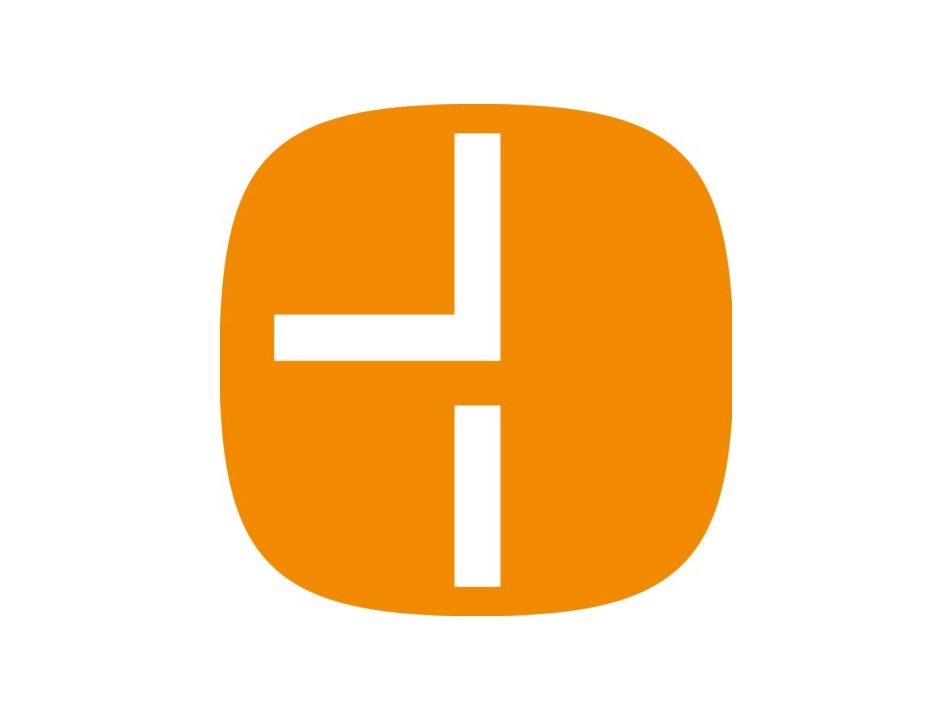What is the Sous-Vide technique?
Sous-vide is a culinary technique that maintains the integrity of food by heating it for long periods of time at relatively low temperatures.
The Sous-Vide process
The Sous-Vide process consists of placing raw or pre-cooked food in a watertight and heat-resistant container, extracting the air from inside, sealing it hermetically and subjecting it to the action of heat at a constant temperature and for the necessary time. The containers used for this technique are generally made of complex plastics that provide resistance to high temperatures, low oxygen permeability and protection against manipulation. This process enables assembly cooking as it keeps cooked dishes in stock for long periods of time.
Vacuum packaging
Vacuum packaging is a natural food preservation technique that consists of extracting the air from the enclosure, eliminating oxygen, the main factor in food spoilage.
The main qualities of sous vide cooking are that by heat treating the food in an airtight and airless enclosure, nutrients and aromas are retained to the maximum, the oxidation of the ingredients is avoided and weight loss and desiccation due to evaporation are reduced.
Vacuum cooking
Cooking is carried out in a humid environment at moderate temperatures ranging between 65ºC and 95ºC depending on the type of product and takes place for generally longer times than those used in traditional cooking.
Rapid blast chilling or deep freezing
Deep freezing makes it possible to reach a temperature of -18ºC in the core of the product in less than 4 hours for its subsequent storage under optimal conditions of conservation. The rapid lowering of the temperature allows the maintenance of a large part of the moisture contained in the food and prevents the formation of macro-crystals, so that the organoleptic properties of the food are preserved.
Retherming
Finally, this product is rethermed before serving. In this phase of the process, we use the sous vide cooker again to retherm the product before the final touch and serving. It is very important that the retherming temperature does not exceed the initial sous vide cooking temperature at the heart of the product.
Benefits of the Sous-vide method
This technique brings numerous benefits:
- It maximizes the organoleptic properties of the product, since cooking is carried out in hermetically sealed containers, thus preserving flavors, textures, aromas, and color.
- Healthy: since it allows to preserve all the nutrients and requires less additives.
- It favors food safety as it avoids cross contamination.
- Improves shelf life of products thanks to its rapid cooling and preservation process, minimizing food waste.
- It allows more planning and advance preparation, consequence of the assembly kitchen.
- It favors consistent results which are acquired by standardizing parameters such as time and temperature.
The digitalization of the Sous-vide process
The emergence of the foodtech industry and the kitchen digitalization have also made their way on the Sous-Vide process.
In this context, the JANBY Track is born, a system that digitizes and automates the sous-vide cooking and retherming process, providing greater standardization of both the product and the process, as well as greater control.
Elements of the JANBY Track
The system is made up of the following elements:
• Tablet Janby Box: a specific tablet that contains the software and a series of connectivity.
• JANBY Tag: these are labels used to identify the different bags that share the same water tank.
• Smart label: it is a label that carries information about the printing date, expiration date, batch, ingredients and, most importantly, the product’s elaboration process that, as we have seen previously, follows two parameters (time and temperature).
• JANBY Cloud: is the platform where all the information about the different equipment, products, recipes, kitchen processes and different establishments of the same organization is centralized.
• Sous-Vide equipment: currently the system it is only capable of communicating with SAMMIC’s SmartVide cookers.
The JANBY Track step by step

Benefits of the JANBY Track system
The JANBY Track system answers the main concerns when several individual servings are cooking in the same water tank:
– Which bag was introduced first?
– How do you control the different cooking times for each of the portions?
– How do you identify portions for customers with special dietary needs?
– How do you keep a history of those you have cooked?
In addition, it provides us with an exhaustive traceability of temperature and time data, compatible with HACCP control.
Traceability: the system maintains the history of what is cooked, portion by portion, allowing subsequent monitoring of the cycles carried out. Individualized monitoring allows to quickly identify and track special customer needs, such as allergens, salt-free diets, etc. Plus, through smart labels and the integration to different POS systems, it is possible to obtain a complete traceability of the food chain.
HACCP control: JANBY Track generates very precise reports of cooking times and temperatures, portion by portion, allowing a complete and precise traceability from different devices at all times.
JANBY Cloud: the cloud environment centralizes all the data of each organization and equipment providing unprecedented control over the operations that take place in the kitchen.

